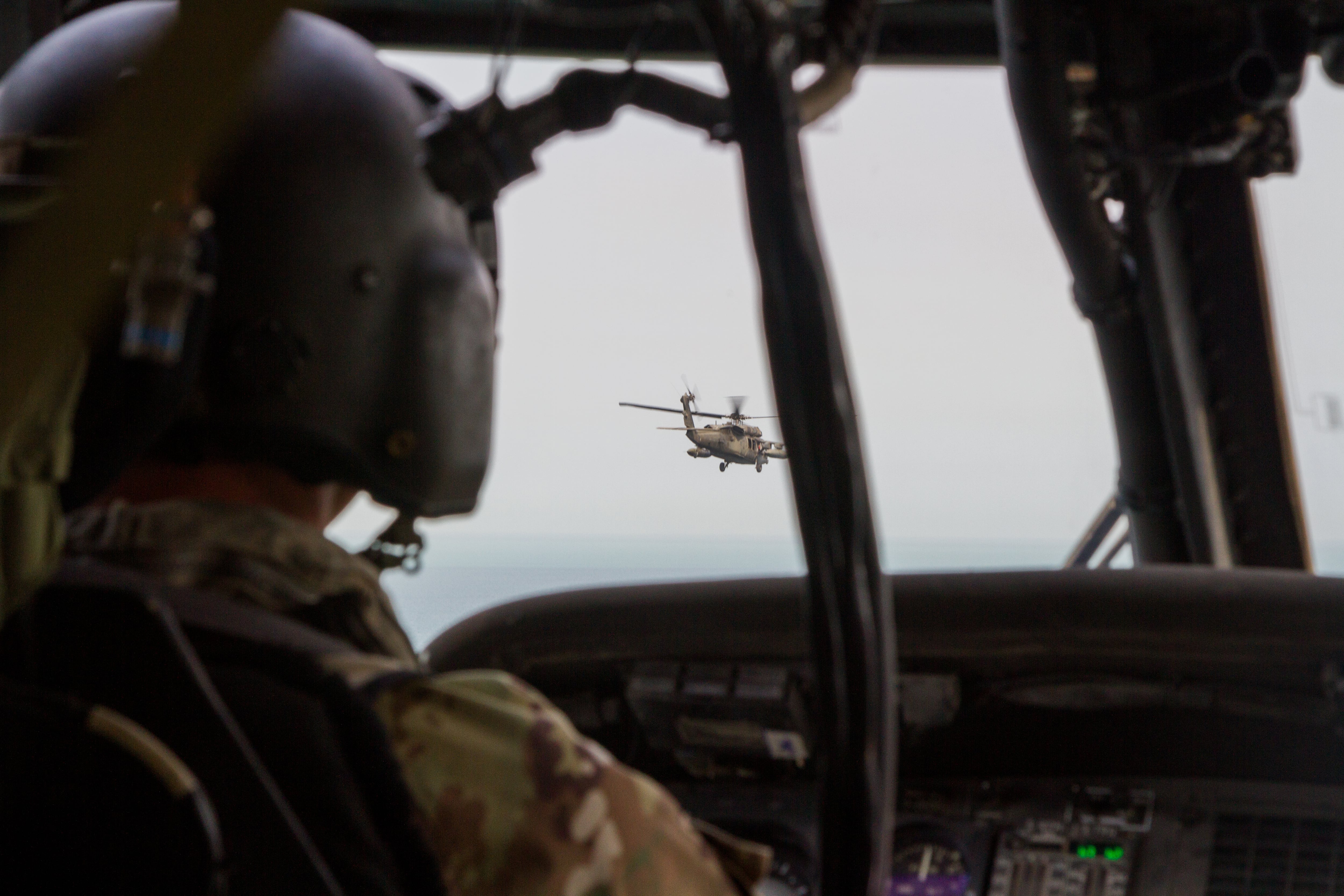The service's top warrant officer can condense his cohort's job description into six words: "A technical expert who can lead."
Molding warrant officers who can live up to that definition can be more complex.
Some highlights from those discussions:
1. Maintaining expertise. Plans to increase technical training are in place, Perkins said, but it's not enough to keep up with the speed of technology.
"You have to realize that the Army is going to field new systems before we get you back into the school system again," he said. "We just can't bring you back every time a new system comes in."
One solution: Increased efforts to push updated maintenance tutorials and requirements into the field alongside the new gear. That could be as simple as ensuring technical specifications and requirements for new systems are available as downloadable documents for tablets and cellphones, giving warrant officers instant access to critical updates.

Warrant officer development must balance technical training with leadership development, top experts said. Here, CW3 Cipriano Trujillo, with Army Central Forward Engineering Directorate, sets up the first of 250 solar light towers Oct. 2 on Camp Arifjan, Kuwait.
Photo Credit: Sgt. James Bunn/Army
2. Contractor conundrum. "If the contractors bring it to the Army," Williams said about any new system or program, "the contractors won't go away. That's one of the concerns, that the contractors are doing the job of some of the warrant officers, and that could erode some of our technical skills."
Over-reliance on contractors also deprives the Army of the mentorship and leadership skills warrant officers possess, Perkins said, while a contractor's contribution generally begins and ends with subject-matter expertise.
They also cost the Army money, and moving warrant officers back into such roles will become even more important as budgets shrink, Perkins said.
3. Be a part of the plan. One way to help stave off the need for contractors, according to one of the Solarium presentation slides, would be to "embed a trained warrant officer into the acquisition process at the procurement level," giving the cohort a chance to raise concerns at an earlier stage of product development. It's an idea Perkins endorsed.
"Let's get the warrant officers in the requirements process earlier, so that as we're developing a piece of gear, the warrant officer can say, 'You know what, that's going to be really hard to maintain,' " he said.
Such a setup also could help with the simultaneous development of maintenance protocol for the system – a new vehicle, for instance – so such training tools could roll out as the equipment entered the field.

A new strategy document for the future of the warrant officer cohort could be approved by Army leaders in the near future. Here, CW2 Christopher Starr, with Headquarters and Headquarters Company, 3rd Brigade Combat Team, 25th Infantry Division, plots a point on a map during an exercise in Hawaii.
Photo Credit: Staff Sgt. Armando Limon/Army
4. Plotting a career path.
Perkins said the Army must work to ensure warrant officers "are seen as they are, subject-matter experts, but not at the expense of their leadership development."
Solarium presentations included proposals to make leadership training available earlier in a warrant officer's career, and to better standardize such training across the many technical specialties.
5. How best to broaden. Broadening assignments are frequent discussion topics for young and mid-level warrant officers, Williams said, but the discussion doesn't always come from a place of knowledge.
"Some people don't really understand the term, and they haven't bothered to look it up," he said. "You can broaden yourself within your [specialty]. … I try to challenge the group to understand what 'broadening' is."
The problem stretches beyond the warrant officer ranks, Perkins said – people want a checklist of such assignments that will land them a promotion, but "it all depends on what your background is."
The short version, per the TRADOC boss: "Don't keep doing the same thing over and over again."

Joint-service broadening assignments may not be the best option for every warrant officer, leaders said, and not all such assignments would qualify as "broadening." Here, CW2 David A. Ploog, a pilot with the 185th Theater Aviation Battalion, pilots a UH-60 Black Hawk in a joint deck landing qualification exercise on the amphibious assault ship Essex in the Persian Gulf Sept. 28.
Photo Credit: Sgt. David Beckstrom/Army
6. A seat at the table. Solarium participants and others praised the creation of the post Williams now occupies, saying it gives the cohort a much-needed voice at the top of the command chain.
Kevin Lilley is the features editor of Military Times.





